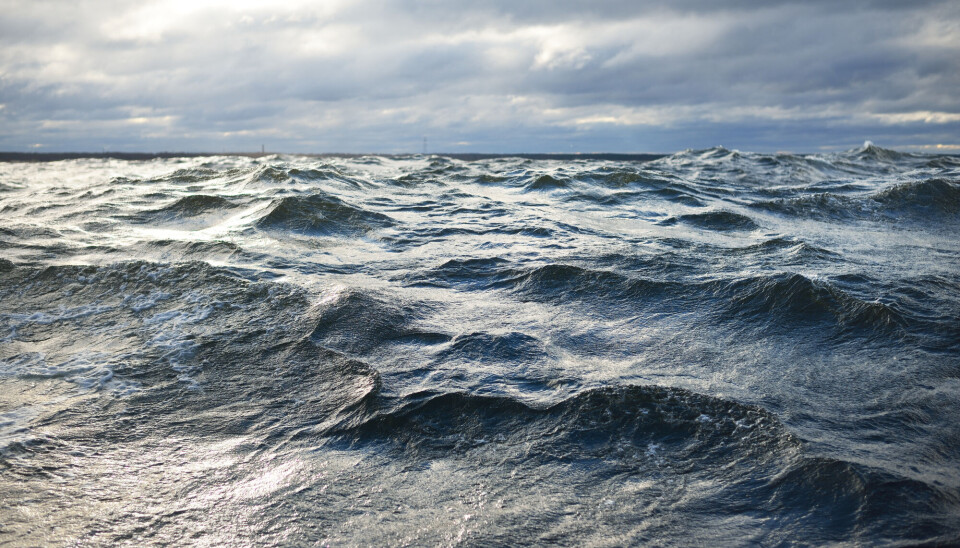THIS ARTICLE/PRESS RELEASE IS PAID FOR AND PRESENTED BY SINTEF - read more

Making floating solar farms a reality in the North Sea
During the next three years, a team of researchers will be developing a system designed to protect floating solar farms in the harshest ocean environments.
If we tried to install our state-of-the-art solar farm concepts in the North Sea, they would soon collapse in the face of high waves and strong winds.
“Our aim is to design a protective system that can withstand the extreme weather conditions we encounter in the North Sea,” SINTEF researcher Balram Panjwani says. “The system will consist of floating breakwaters installed with high protective walls used to surround offshore solar farms. This is the first project to develop a technology that will enable the construction of floating solar energy production facilities in the North Sea."
Multiple benefits
“The advantage of locating solar farms offshore is that this will open up new areas for the development of floating solar energy production, added to the fact that there is already an infrastructure in place by which power can be transferred from wind turbines,” SINTEF researcher Virgile Delhaye says. “Installation in the open ocean is preferred since this will not create eyesores for people living along the coast."
Sustainable constructions
This research project will emphasise sustainability and will look into how recyclable materials can be used in the construction process. It is currently standard practice to use plastic to protect against wind and waves, but the researchers envisage using environmentally-friendly concretes containing up to 60 per cent less cement than is used in standard concretes. This will result in a smaller footprint.
The researchers will test the system both in a laboratory and in SINTEF’s marine basin, where it will be possible to simulate weather conditions in the North Sea.
“If we succeed in building a system that works for offshore solar farms, it may also be possible to apply the technology to protect other types of installations that are vulnerable to damage by high waves and strong winds, such as fisheries and aquaculture facilities,” Delhaye says.
See more content from SINTEF:
-
How Svalbard is becoming a living lab for marine restoration
-
New study: Even brand-new apartments in cities can have poor indoor air quality
-
Fresh hope for patients with chronic inflammatory bowel disease
-
Testing a giant ship: May take five kilometres to stop
-
A robot is helping researchers hunt for the best cancer warriors
-
Locomotives that run on diesel can be electrified





































